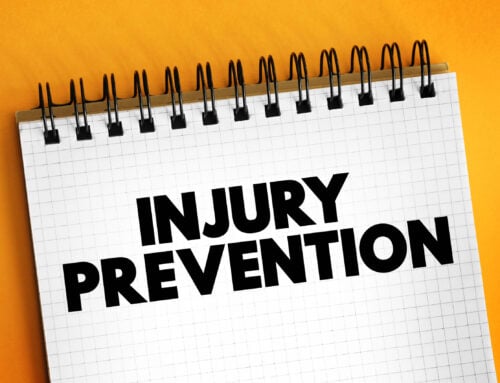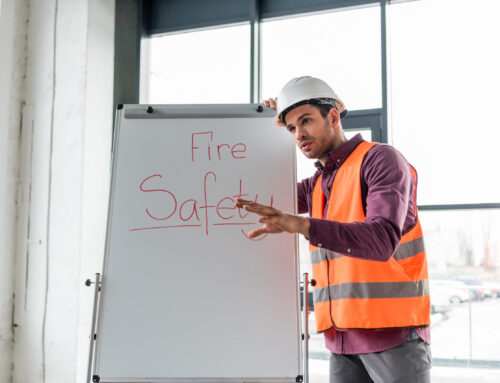When people think of major hazards in the workplace, poor housekeeping likely isn’t the first thing to spring to mind, but a cluttered, disorganized workplace can lead to deadly consequences.
Consider what could happen if fire exits were blocked by piled up equipment or materials and workers couldn’t get to safety in time. Other examples could include fatal foodborne illnesses caused by filthy production machinery or people on the ground being injured or killed when high winds pick up and throw unsecured building materials.
Here are seven statistics relating to housekeeping and workplace safety:
- According to the US Department of Labor, 15% of all accidental worker deaths are attributable to slips, trips or falls, many of which are linked to poor workplace housekeeping.
- Six housekeeping good practices to help prevent workplace slips, trips and falls include reporting and cleaning up spills and leaks; keeping aisles and exits clear of debris; installing mirrors and warning signs in blind spot areas; replacing worn, ripped or damaged flooring; installing anti-slip flooring in areas that can’t always be cleaned; and using drip pans and guards in places where spills may occur. (CCOHS)
- Nine signs of poor housekeeping are cluttered and poorly arranged work areas; dangerous storage of materials; dirty, dusty floors and work surfaces; hanging on to items that are no longer needed, or having too many of the same items; blocked or cluttered aisles and exits; tools and equipment that are not returned to proper storage; broken containers and damaged materials; overflowing waste bins and containers; and spills and leaks. (Workplace Safety and Prevention Services)
- One major aspect of workplace housekeeping is maintenance. If burned-out light bulbs aren’t replaced or if damaged or uneven flooring isn’t fixed, people can easily suffer injuries.
- Incidents resulting in injury or death that stem from poor housekeeping include these four examples: tripping or falling over objects; fires caused by the ignition of unsafe buildups of combustible dusts; slips on wet, slick or greasy floors; and being struck by objects that have fallen after being improperly stored.
- Five housekeeping responsibilities that all workers should share include cleaning up during the shift; day-to-day cleanup; waste disposal; removal of unused materials; and inspections to ensure that cleanup is completed. (Commonwealth of Virginia Workers’ Compensation Services)
- Six benefits of good housekeeping are as follows: It eliminates clutter, which is a common cause of slips, trips and falls and fires and explosions; it reduces the chances of harmful materials such as dust or vapors entering workers’ bodies; it improves productivity because the right tools and materials are always easy to find; it reflects a professional and well-run business; it helps your company to keep inventory to a minimum; and it makes the workplace a neater, more comfortable and pleasant place to work.






